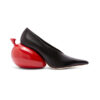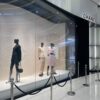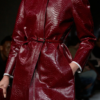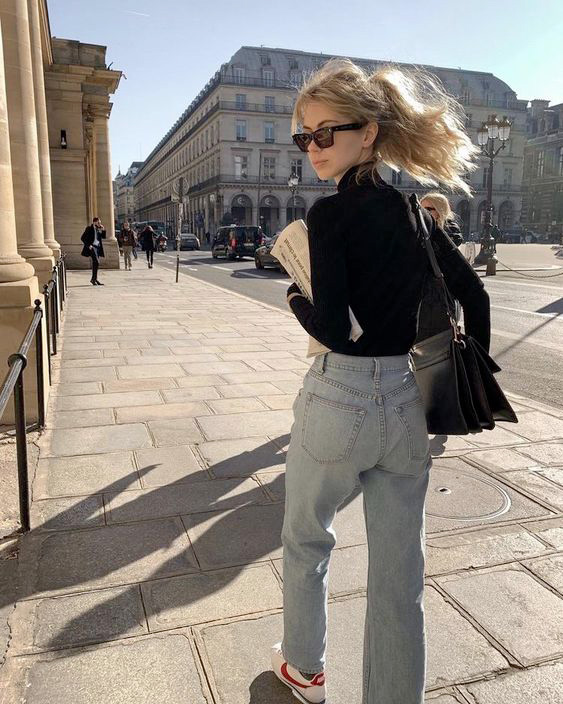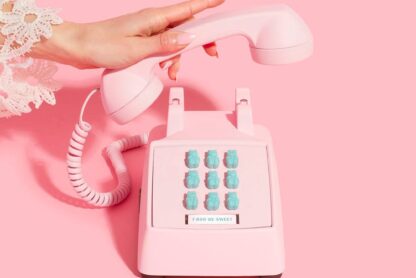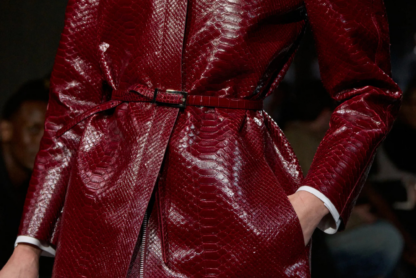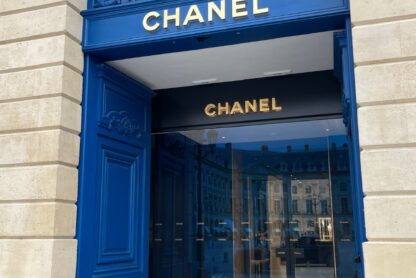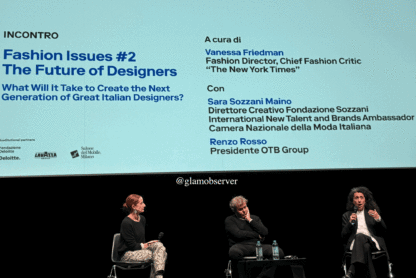September has arrived and even if it is not the first month of the year, it still marks new beginnings: starting a new job, moving to a new city, studying at a new school…
If last month I suggested you what to do to prepare for entering the fashion industry, now it’s time to act and roll up your sleeves because that moment has arrived.
Probably the first thing you plan to do is look for a job or an internship and apply. If fashion were not a highly competitive sector, I would probably tell you to jump and see how it goes, but with all the people who want to work in fashion today, it’s better to start well prepared to avoid disappointments.
First of all, start spending less time on Instagram and read at least a couple of articles per day to understand how the fashion industry works, all the updates and who are the people who are part of it. Bookmark websites like WWD, Business of Fashion and Vogue Business (and Glam Observer 😉 ) that publish news on the fashion industry and check them religiously every day. Although your work will officially be 9-5, fashion is a world that never stops, so before and after the office and during all the free moments you have, never stop to keep yourself informed about this industry.
Now let’s move on to the practical part.
There is no more time to waste
Time is crucial in this industry, so if you didn’t prepare your CV or set up a LinkedIn profile this summer, now is the time to do it quickly. In fashion, job offers come and go at the speed of light because many people apply
Recruiters today monitor your Instagram, LinkedIn and Facebook profiles when they receive your application and also to find the right person directly. Then delete the photos you wouldn’t want them to see and set up a professional LinkedIn profile. Not being on LinkedIn means losing so many opportunities so if you don’t have an
Prepare your CV quickly but carefully
As for your CV, even if you have to do it quickly, it’s not something to be taken lightly. The CV is the document that represents you to the company that knows nothing about you. And no matter how wrong this thing is, companies will judge you by just a sheet of paper. Fashion companies receive thousands of CVs every day, so yours must be original but professional. September has arrived, so you have little time available to create yours. In this case, the easiest way to make a CV quickly but still have a professional and original result is by using a template where all you need to do is simply enter your information and your photo. You can check our CV templates, choose your favorite one, download it in a couple of seconds to start working on it with Microsoft Word, enter all your data and save it as a PDF. Your CV will be ready in just 20 minutes. Go back to your CV after about an hour to read it again and correct any typos or grammatical errors. (PS if you are interested in the online course, 3 CV templates are included so you won’t have to buy them separately;) )
When I review the resume of the students of Break into the Fashion Industry, I see many of them with typos. Your eye can not spot an error of a document that you have just written or read several times because we tend to read it quickly since we already know the content. That’s why I advise you to come back to your CV after one hour or more that you first wrote it. If you can, also let a friend, mother, sister, read it. A fresh eye that reads it for the first time will be able to notice any mistakes. Typos or grammatical errors are very serious and even if you are the right person for that job, the company will discard your CV for these errors.
The Cover Letter: the decisive document
The second fundamental job application tool is the cover letter. When you apply both online or via email, you need to attach or write directly in the body of the email, in addition to your CV, this fundamental document that is much more decisive than your CV. Unlike the CV which is schematic, the cover letter speaks for you and explains what is not written in your CV (remember that therefore it is not an explanation in words of your CV). With the cover letter, you tell why you are the right person for that role and what are the skills you will bring to the company. It should always be used for any job and internship, but the cover letter is particularly useful for those who are at the beginning of their career and the CV is still normally poor. In the cover letter, you have to express all your passion for the company and prove that you did your research also on the people, that’s why it is always better to address it to a specific person (such as the recruiter, the editor, the manager..) and avoid the general Dear Mr. or Mrs. . You cannot use the same cover letter for multiple job offers, because otherwise it is not personalized and if it is not personalized and specific for a position then it will not be effective. In How to break into the fashion industry students can download the cover letter structure with an explanation of what to include in each paragraph and 3 examples of cover letters from the fashion industry to be used as a starting point.
Build your network
Connections in fashion are everything. Most job offers are assigned through word of mouth, so the more people you know, the more career opportunities you’ll have. Thanks to Instagram and LinkedIn, connecting with people in fashion and establishing a relationship even when you’ve never worked in the industry, has never been easier. It is essential that you start today, even if you don’t have a job yet. You never know if a connection of yours knows about a job offer and can propose you to it. You will never stop networking throughout your career, there will always be new people to meet, even when you have been in the industry for years. Even seniors continue to network every day for new roles or to move from one company to another. In jobs such as PR, your connections could even be the reason why you get the job. If you don’t know who to follow or how to approach these people and start an online conversation, and above all how to turn a connection into a job offer, in How to break into the fashion industry you’ll learn all the strategies and get a list of 100+ fashion professionals.
Get ready to move abroad
Most of the fashion jobs are in the capitals of the industry: Milan, Paris, London, New York. But don’t underestimate also cities such as Berlin (Zalando) Munich (MyTheresa) Florence ( the production districts of companies like Prada, Gucci …) Copenhagen, Amsterdam … If in your city there are no fashion companies, you don’t have any choice but moving. Look for the city that fits you: it could be a fashion capital like New York or the city closest to your hometown. Send applications from home and start looking for accommodation and study the city to be ready to go. Generally, companies conduct the first interview via phone and you can also request one on Skype before taking a 6-hour flight only for a first interview. In any case, if you have decided to work in fashion and in your town there are no fashion companies, prepare mentally and practically to move to a new city.
